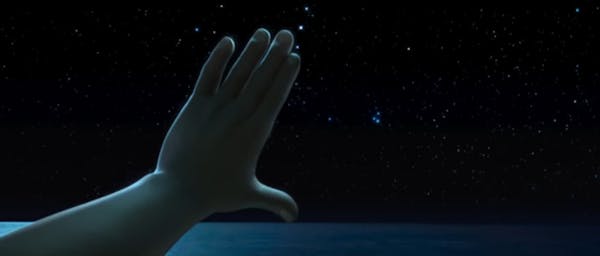Tuesday, 15 December 2020
Course Reflection
Assignment 3 Reflection
Sunday, 13 December 2020
Wednesday, 9 December 2020
Mathematics of Medieval Islam
"His book was the first Arabic arithmetic to be translated into Latin, and its influence on Western mathematics is illustrated by the derivation of the word algorithm." -- What I found very interesting about this point is in relation to what this class has been structured around: the dismantling of Euro-centric culture, and acknowledgement of others' accomplishments that are often looked over. This quote (and really this entire book) highlights the importance and impact that Hindu mathematics had not only on the eastern side of the world, but the western too. It is often passed over how a word like 'algorithm' or how decimal place value systems were created, and since we really only learn about ancient Greek mathematicians and philosophers (in western schools), it's easy for us to make the inference that ancient Greeks invented everything with mathematics. Instead, this quote shows us that the east was in some ways, much more influential and played a bigger hand in aiding the ancient Greeks. Hindu mathematics in some cases, was so advanced that we still use some of their systems to this day. It's unfortunate that we do not highlight these important findings in school. I think creating a way to teach about proper history of mathematics would open more doors for students to feel connected to the material.
"Another important work of 'Umar's was his Explanation of the Difficulties in the Postulates of Euclid, a work composed in 1077, two years before he presented his calendar reform...'Umar treats two extremely important questions in the foundations of geometry" -- The interesting thing about this is the idea of collaboration. Often times when we think about ancient times, we geo-lock philosophers and mathematicians to their born region. In my head at least, I just imagined the Greeks collaborating with other Greeks, the Chinese with the Chinese and so forth. I don't know why I never conceptualized the ideas of collaboration across borders, perhaps it's because it's hardly mentioned in school. Nonetheless, this quote invites collaboration, challenging one another, and working together to make sense of something that may be difficult to understand. In a classroom, tis could be like giving proofs and having students explain them as a group to me; collaborating and working together to explain the intricacies and difficulties. Collaboration is a key foundation of math (and in life), and should be encouraged for all students
My final point isn't an excerpt from the reading, but a general and overall thought I had that could be implemented in my mathematics classroom. Similar for our assignment 2, where each student looked up the history of a mathematical concept, I think a cool idea would be to have students look up the history of a famous mathematician. I think this would be eye-opening because most students would immediately think Greek mathematicians; there are only so many though, and they will be forced to discover new ones, such as the famous Hindu or Chinese mathematicians. This is a good way for them to see the world and how influential the east was. I think it would be a good inquiry project for a younger group, like grade 8's or 9's to have this as an introductory project. It invites them to think critically as well as keeping their minds open at the start of the year.
Assignment 3 - bibliography
Jacob, Zach, and I will be doing a project on how Polynesian Islanders used the stars for navigation. We will be doing a poetry piece accompanied with a visual aid. Our draft reference list can be found below.
Akerblom, K. (1968). Astronomy and navigation in Polynesia and Micronesia. Stockholm:
Ethnogratiska Museet.
Bruce, L. 1976. Preliminary Study of Three Polynesian Sources for Celestial Navigation. In
Micronesian and Polynesian Voyaging: Three Readings, 1-23. Miscellaneous Work Papers, 1976:1. Honolulu, Hawaii: Pacific Islands Studies Program, University of Hawaii.
Coopersays, David. “Astro Navigation Demystified.” Astro Navigation Demystified. Accessed
December 8, 2020. https://astronavigationdemystified.com/.
Guedes, Carla Bento, and Duane W. Hamacher. “How Far They’ll Go: Moana Shows the Power of
Polynesian Celestial Navigation.” The Conversation. Accessed December 8, 2020. http://theconversation.com/how-far-theyll-go-moana-shows-the-power-of-polynesian-celestial-navigation-72375
TED-Ed. How Did Polynesian Wayfinders Navigate the Pacific Ocean? - Alan Tamayose and Shantell
De Silva, 2017. https://www.youtube.com/watch?v=m8bDCaPhOek
Course Reflection
I didn't know what to expect when I first entered this course, I had reservations about 'math history' and honestly thought it...

-
The ideas that shocked me throughout the chapter all revolve around colonialism and how it's affected our educational system and history...
-
As far as first assignments go, I was really impressed with how our group gelled together. I had the pleasure of working with Karishma and...
-
"His book was the first Arabic arithmetic to be translated into Latin, and its influence on Western mathematics is illustrated by the...

